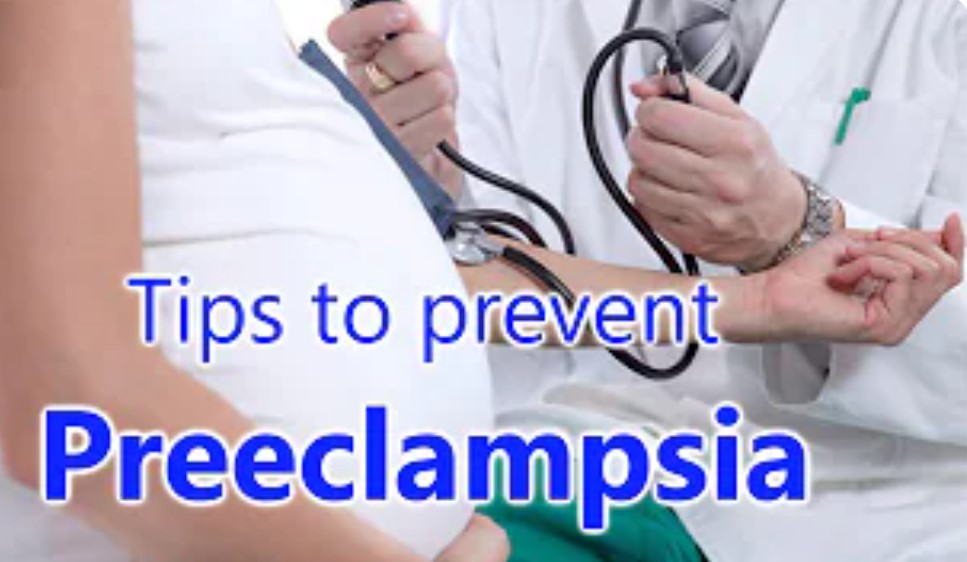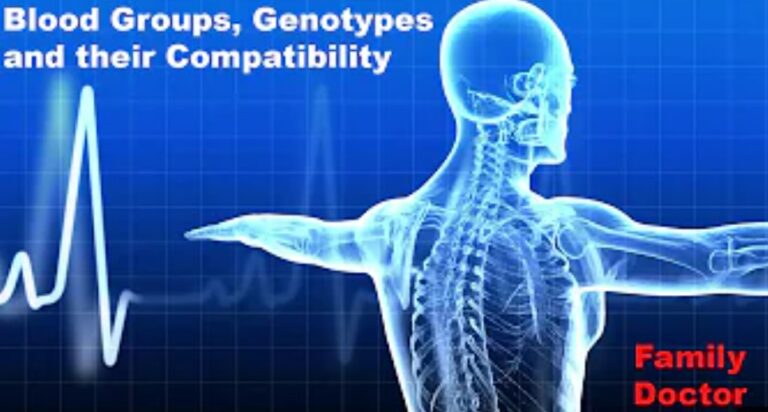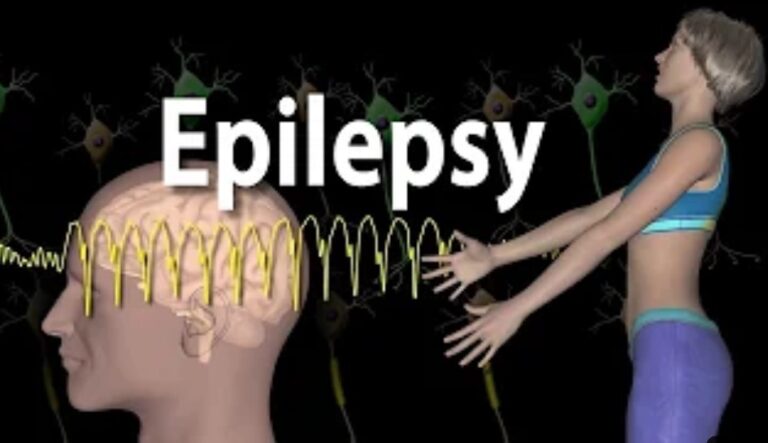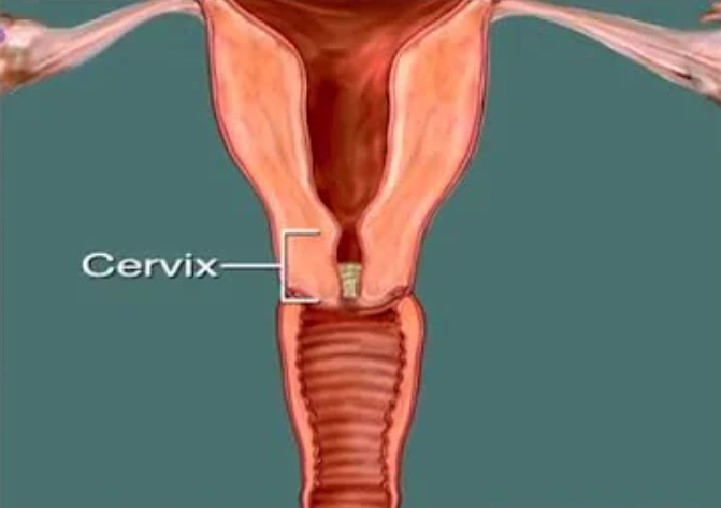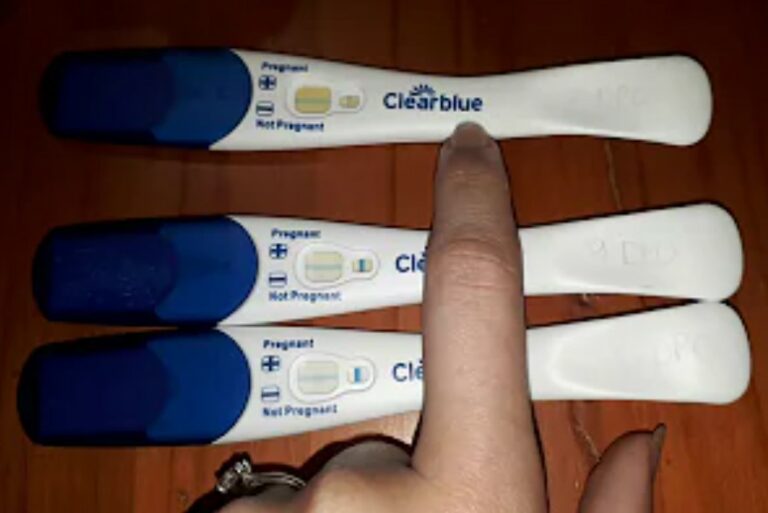Causes of Pre-Eclampsia: 2 Ways to Prevent It
Have you ever seen a pregnant woman convulsing? Think Pre-eclampsia. Pre-eclampsia is a leading cause of death for mothers and children worldwide; according to the World Health Organization, WHO, around 50,000 to 75,000 women yearly due to this condition. It is worse when it is not discovered early.
What is Pre-Eclampsia
Pre-eclampsia is a disorder of pregnancy characterized by the onset of high blood pressure and often a significant amount of protein in the urine (Source Wikipedia)
Pre-eclampsia is the name given to the form of hypertension that develops in a pregnant woman, who previously has not had any record of hypertension, as well as the identification of a significant amount of protein in her urine (at least 300 mg in 24 hours).
This condition must be noticed after the 20th week of pregnancy and completely resolved by the sixth week after delivery for it to be known as pre-eclampsia.

What Causes Pre-eclampsia
The cause of pre-eclampsia can be quite complex to explain. But, understand that when a woman is pregnant, there is a connection between the woman and her baby known as the Placenta. The work of this Placenta is to deliver food & oxygen to the baby and remove toxic things that can kill the baby. You should understand that the Placenta is loyal to the baby, not the mother. Now, for some reason, the Placenta starts resisting whenever it wants to supply blood-carrying food & oxygen to the baby.
What does it do when this happens?
It uses more force to push this vital nutrient to the baby, increasing the woman’s blood pressure. However, this does not concern the Placenta because the baby must eat, and it must do its job.
Hence, the mother’s Blood pressure would continue to rise until a point comes when it would be too much for the body, and this is when it affects the brain, resulting in convulsion. When this happens, it is called Eclampsia. This can kill the mother.
Symptoms of Pre-eclampsia (How to know)
The classic symptoms of pre-eclampsia are
- Headache: usually at the front of the head.
- Visual disturbance: you’d be having problems with seeing.
- Pain: just around the area above your umbilicus.
However, many women with this condition might not show these symptoms. These are those who could move straight to Eclampsia without detection. This is why Antenatal care is essential to monitor you closely.
Risk Factors for Pre-eclampsia
Things that can make a woman develop this condition include;
- First pregnancy: it is more commonly noticed in women during their first pregnancy.
- Women who had had more than one pregnancy but had recorded pre-eclampsia in any previous pregnancies.
- Women who have stayed ten years or more since having their last baby.
- Age: is an important factor. It is also commonly seen in those who are above the age of 40 years.
- Obesity: last time, we told you that obesity is a risk factor for many medical conditions. This is one of them. Is it noticed in those who are obese with a body mass index of 35 or more?
- Genetics: this has also been known to run In families. Anyone with a mother or sister with the condition should be extra careful during pregnancy.
- Multiple pregnancies: Those carrying twins or more babies also have a higher risk of developing this condition.
- Finally, those with some previous underlying medical conditions: such as hypertension, renal disease, diabetes, or antiphospholipid antibodies, can also develop this.
Treatment for Pre-eclampsia
Any woman with the above signs must be rushed to the hospital immediately. It is a very serious emergency.
You should know that there is no exact cure for this condition. Like in cases of Ectopic Pregnancy, the only solution is to end the pregnancy. This involves
- They were delivering the baby (and Placenta) if the baby was close to term & can survive & if there were newborn facilities for pre-term infants at the hospital, like an Incubator.
- If the baby is a few days closer, it can be managed using Magnesium Sulphate to minimize risks to the mother while the baby develops as much as possible. Note that this MUST be done only while the mother is hospitalized. It should never be tried at home unless you want two dead bodies on your hands.
- Abortion: If the condition occurs very early, like below 34 weeks in pregnancy, especially in our environment, the pregnancy would have to be ended (aborted) to save the mother’s life.
The main principles of treatment in pre-eclampsia are:
• early recognition of the condition and how serious it is.
• admission to hospital and investigation. Use of antihypertensive and anticonvulsant medications to manage BP and prevent the development of convulsions.
• well-timed delivery to prevent serious complications for mother and child.
• counselling mother and father as well as follow-up after birth.
Prevention of Pre-Eclampsia
The most efficient method to prevent complications of Pre-Eclampsia and save the life of both mother and child is to register for antenatal care in a skilled facility near you where your blood pressure would be monitored, and your urine would be collected for testing.
Husbands, remember, Pre-Eclampsia is a real killer. Save the life of your wife (mother) & your child today!
